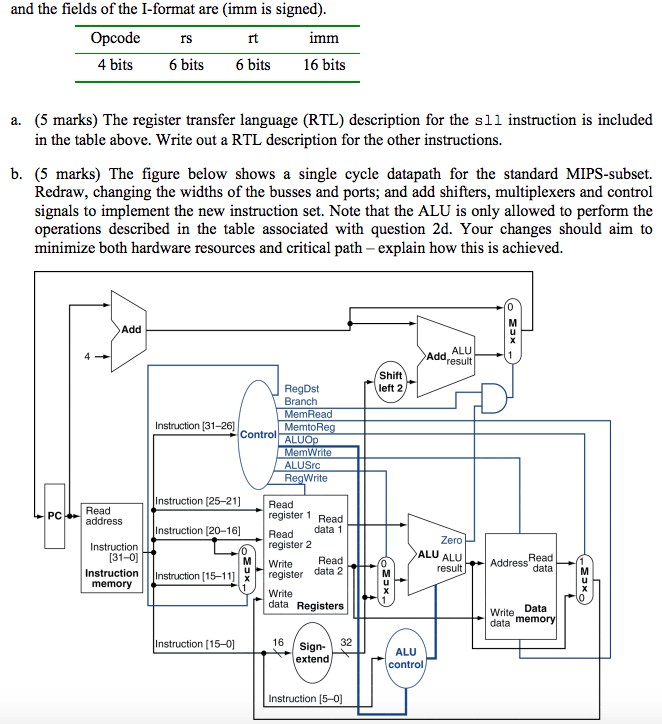

Preparation of a batch of silylated glass beads takes 3–4 days while template immobilisation and the polymerisation and isolation of high affinity nanoMIPs can be achieved in 1–2 days. Solid-phase synthesis of nanoMIPs is a rapid method for the preparation of research quantities of antibody-like materials. As a control polymer, nanoMIPs were prepared using the same monomer composition against an unrelated template (trypsin) in order to obtain sufficient particles for use in comparative experiments (the presence of a template is necessary in order for particles to be isolated following the washing and elution steps 3). NanoMIP synthesis was conducted in aqueous media using the same monomer mixture (except for fumonisin B2, where acrylic acid was replaced with N-(3-aminopropyl)methacrylamide, see Methods section) initiated with persulfate/TEMED. For nanoMIP synthesis, templates were immobilised onto γ-aminopropyltrimethoxysilane-derivatised glass beads via their primary amino group with glutaraldehyde, followed by selective reduction with sodium cyanoborohydride, except in the case of biotin, which was coupled to the aminosilane-derivatised glass beads following activation of the carboxyl group with EDC/NHS. Commercial sources were identified for monoclonal antibodies in the case of fumonisin B2 and l-thyroxine, while only polyclonal antibodies could be sourced in the case of glucosamine and biotin. In order to address the question posed above, we selected four chemically diverse target molecules for which commercial antibodies are available: fumonisin B2, glucosamine, l-thyroxine, and biotin ( Fig. This raises that question: how do nanoMIPs prepared for small molecule templates compare with commercial antibodies in enzyme-linked competitive assays? Being chemical entities, additional functional layers may be created during the synthesis to modify the properties of the particles without affecting their recognition ability 5, 6. The nanoparticles are selected on the basis of their affinity for the template, which is re-useable, and the synthesis is suitable for scale-up and automation 3, 4. 1 Indeed the solid-phase approach, using immobilised templates 2, has allowed the synthesis of nanoMIPs to be carried out equally successfully in both organic 3 and aqueous media 4. Recent advances in the synthesis of MIP nanoparticles (nanoMIPs) have overcome the perceived drawbacks of the ground bulk MIPs used by Vlatakis et al.

They are expensive to produce and purify raising antibodies against a new target may take months and involve animal experiments and they require careful storage and handling or their binding ability can be readily lost. The Achilles heel of antibody-based assays may indeed be the antibodies themselves. The assays can have much lower detection limits than MIA and readout is typically achieved by optical density measurements in a plate reader. Antibody-based assays (such as ELISA) however are performed under aqueous conditions without the need for radiolabelled tracers. Competitive binding with 3H-labelled analogues in organic solvents was used to establish a “molecularly imprinted sorbent assay” (MIA), with quantification of the analytes, in the μM concentration range, by scintillation counting. The MIPs were prepared as “bulk” monoliths, either by thermal or photochemical polymerisation and subjected to wasteful grinding and sieving to obtain irregularly-shaped particles < 25 μm in size. While this seminal paper clearly illustrated the principle, the assays described were unlikely to present a threat to established methods using antibodies. It is now well over twenty years since the first demonstration that molecularly imprinted polymers (MIPs) can be used as the recognition material (essentially as a replacement for antibodies) in assays for clinically significant drugs (diazepam and theophylline) 1.


 0 kommentar(er)
0 kommentar(er)
